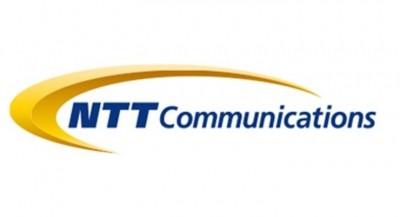NTT Communications (NTT Com), the ICT solutions and international communications business within the NTT Group, has announced that it will test information sharing between smartphones and digital signage based on the WebSocket and WebRTC protocols. The test aims to evaluate information sharing via digital signage under various scenarios, including normal conditions for sightseeing information and simulated emergency conditions for sharing information between disaster victims. The test is planned to be conducted at Mihama Town Resort American Village (American Village) in Chatancho, Okinawa Prefecture from January 31 to the end of February.
During the test, users will download sightseeing- and disaster-related information from digital signage and will also share their photos by using smartphones to read a QR code on a digital sign to access the service website. Photos uploaded to the website will be used for the creation of mosaic art, which will turn the photos into small pieces of large mosaics that will be displayed on the digital signage. The mosaics will also be available for downloading to users’ smartphones.
According to NTT Com, if the test is successful, it is expected to contribute to the ongoing standardization of the Web of Things (WoT), an advanced concept of the Internet of Things (IoT). WoT leverages Web technologies, such as WebSocket or WebRTC, for IoT services and applications that connect large numbers of devices via a network.
WebSocket and WebRTC are new protocols for communication between Web browsers, do not rely on operating systems or the display formats of user devices, nor do they require specific applications. Communication between devices is enabled simply by using a Web browser, allowing a wide variety of devices to connect on the same network. The other advantage of these protocols is that their data packet sizes are small compared to the HTTP communication protocol. Also, WebRTC does not require a server for communication after devices are connected. Such advantages are especially useful in places where there is high-volume traffic, such as tourist sites or during disasters.




















